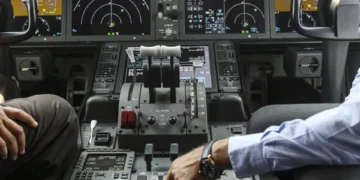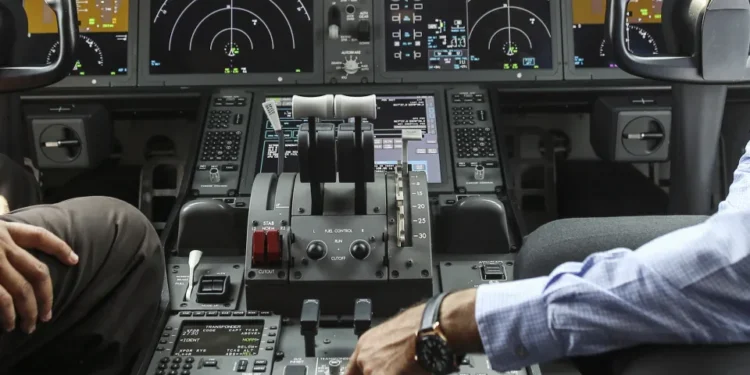The upcoming Air India crash report is set to reveal crucial details and insights into the critical seconds leading up to the tragic accident. Find out what investigators uncovered.
Air India Crash Investigation Report to Reveal Critical Moments Before Disaster

Probe Report Set to Uncover Crucial Seconds Leading to Tragic Crash
In a significant development, the long-awaited investigation report into the Air India Express crash is expected to provide deep insights into the critical seconds that led to the devastating accident. The report is anticipated to reveal key findings about what exactly happened in the moments before the aircraft lost control, resulting in the fatal crash that shook the nation.
The crash, which involved Air India Express Flight IX 1344, took place at Kozhikode International Airport, Kerala, amid challenging weather conditions. The incident claimed the lives of several passengers and crew members, leaving a trail of grief and raising serious questions regarding aviation safety standards in India.
The Fateful Flight: What Went Wrong
According to preliminary investigations, the aircraft—a Boeing 737—overshot the runway while attempting to land amid heavy rain. The flight was part of the Vande Bharat Mission, aimed at repatriating stranded Indians from abroad due to COVID-19 lockdowns.
Sources close to the investigation indicate that the black box data, including cockpit voice recordings and flight data recordings, provide a chilling account of the final minutes of the flight. The pilots reportedly struggled to stabilize the aircraft due to the slippery runway and strong tailwinds.
The report is likely to shed light on whether pilot error, poor visibility, or operational misjudgments played a role in the crash. It may also highlight whether systemic issues such as airport design or safety protocol lapses contributed to the disaster.
Key Findings Expected in Report
Some of the areas the report is expected to cover include:
- Pilot Decision-Making: Whether the decision to attempt landing despite bad weather was justified.
- Weather Conditions: Analysis of rain intensity, wind speeds, and runway surface conditions during the landing attempt.
- Runway Safety: Evaluation of the tabletop runway design and whether safety standards were adequate.
- Communication Records: Detailed transcripts from the cockpit and air traffic control to determine coordination levels.
- Technical Health of Aircraft: Any mechanical issues or system failures prior to the crash.
Accountability and Policy Changes Likely
Aviation experts believe that the findings of this report could have far-reaching implications for Indian aviation. If the report identifies procedural lapses or infrastructure flaws, it may lead to stricter guidelines for landing during poor weather conditions, as well as possible changes in airport safety protocols.
Some experts argue that the crash was an accident waiting to happen, especially considering the tricky layout of Kozhikode’s tabletop runway. This type of runway, located at an elevated surface with steep drops at both ends, offers minimal margin for error during landings and takeoffs.
Families Await Closure
For the families of the victims, the report represents a potential moment of closure, as it may finally answer long-standing questions about how the tragedy unfolded.
Many of the bereaved have demanded accountability from authorities and the airline, calling for better safety measures to prevent such incidents in the future.
Industry Reactions & Next Steps
The airline industry and safety regulators are closely watching the developments. The Directorate General of Civil Aviation (DGCA) and other global aviation bodies may implement additional safety protocols after analyzing the report.
An Air India Express spokesperson said, “We are fully cooperating with the investigation. Our thoughts remain with the families affected by this unfortunate incident. We will review the findings carefully and take all necessary actions to enhance flight safety.”
Final Report to Shape Future Aviation Policy
The report’s conclusions could mark a turning point in how Indian aviation authorities handle high-risk situations. With passenger safety under increased scrutiny, many believe this report could lead to new policies regarding runway design, weather-related landing procedures, and pilot training for adverse conditions.
As the aviation sector prepares for the release of the report, it is clear that its impact will extend far beyond just one airline or airport. The findings could set the tone for how India—and potentially other countries with challenging airport conditions—approach aviation safety in the future.
READ ALSO……Tennis Tragedy: Father Shoots 25-Year-Old Daughter Radhika Dead in Gurugram Over Academy Dispute















 Categories
Categories









